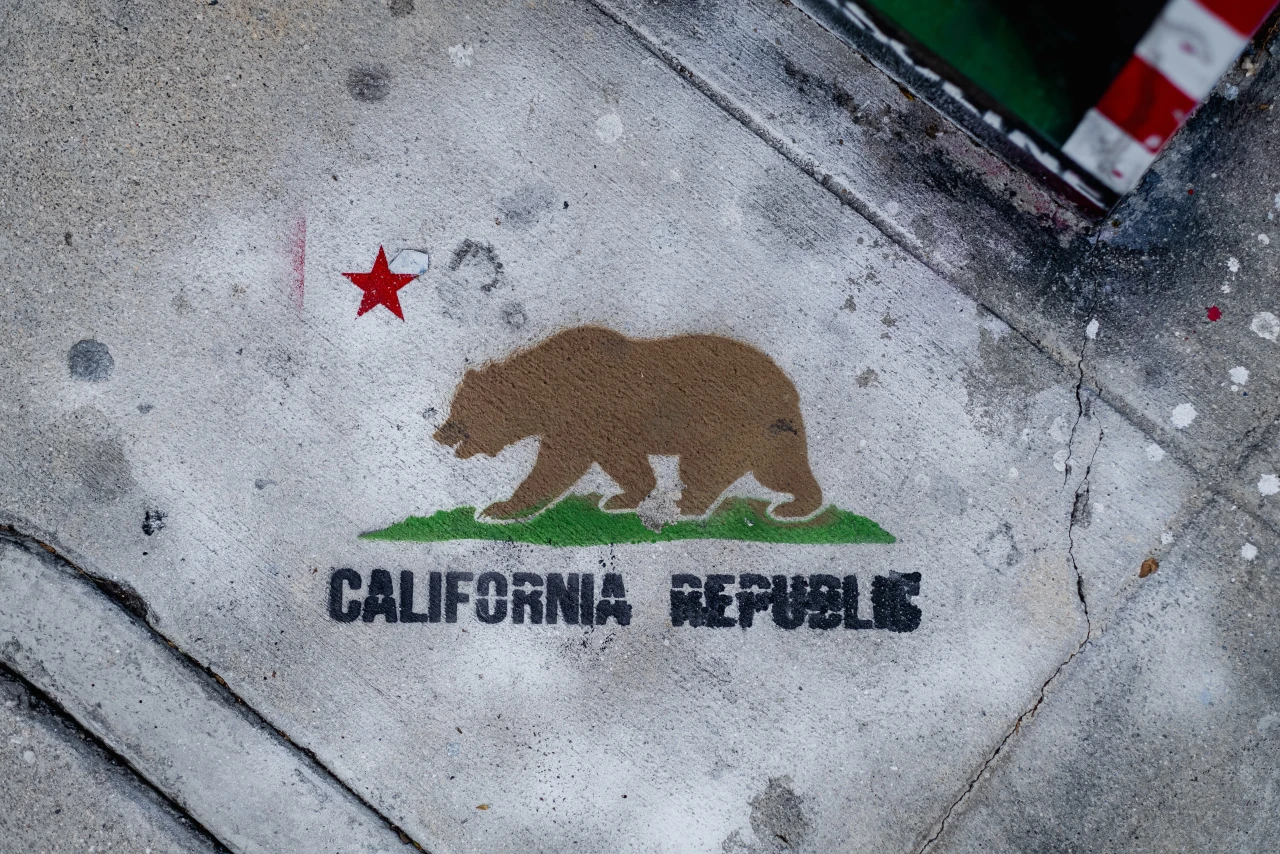Would you fight wildfires for just $14 an hour? Federal crews are understaffed as fire season begins
California just experienced another very dry winter, marking the second consecutive year of drought in the Golden State. As a result, drought conditions across the state are considerably more dire than they were only a year ago. According to the U.S. Drought Monitor, at the end of April 2021, 97.5% of California is “in some stage of drought,” 87.95% of of the state is in what is considered “severe drought,” and a little over one-half of the state is experiencing “extreme drought.” Besides the obvious issues facing humanity in an environment lacking adequate water, one of the more anxiety-producing characteristics of an overly dry California in the time of climate change is the fear of wildfires.
It’s not only California that’s facing drought conditions ahead of fire season: The entire western side of the country is bracing for another rough season. One of the more distressing aspects of this coming fire season is that the U.S. Forest Service, reportedly stretched thin already, has a deficit of “experienced and elite firefighters.” The Los Angeles Times has an alarming report on the reserves of forest crews, known as hotshots, who move throughout our country specifically in order to help stem wildfires wherever they may start: “Roughly 30% of the federal hotshot crews that work on the front lines of wildfires in California are understaffed, according to the union that represents most Forest Service employees.”
Like most issues of failing infrastructure and thinning workforces, the issues here are multi-pronged. The entry-level pay for this kind of work is terrible, and combined with increased competition from state and local fire departments, this means that the federal government is unable to retain the skilled veterans they need. On top of this, they’re unable to entice newcomers into the very necessary but also very dangerous field of wildfire fighting. According to the L.A. Times, entry-level Forest Service workers can earn wages as low as $14 an hour, less than what they could earn working in the fast food industries of California or Washington. These hotshot crews are usually made up of about 20 firefighters and are sent out in the hopes of nipping early brush fires and the like in the bud, before they get out of control.
David Alicea, vice president of the Forest Service Union in California, told the L.A. Times that while everyone has known the trends were leading in this direction for some time, he hadn’t “ever seen staffing levels this low.”
Fires out of control lead to terrible results
During the height of the COVID-19 pandemic, California dealt with a series of wildfires after almost 11,000 lightning strikes hit the state in a 72-hour span last summer. The pandemic exposed many of our country’s problems to the public by exacerbating the already present issues we face. The wildfires in the summer of 2020 were no different as many of California’s inmates were unable to help on the frontlines of the wildfire fights due to COVID-19. One of the many reasons California needed those inmates was because it has been dealing with dwindling numbers of federal firefighters for many years now and has come to rely more and more on the inexpensive labor of the prison system.
As the wildfire season approaches, newly appointed Secretary of the Interior Deb Haaland published a memorandum explaining the serious challenges we are facing in the coming months.
Campaign Action
At the same time that all of this is happening and the need to invest in our wildfire protections only increases, Republicans are holding up a chance to pass some of the most meaningful and historic legislation on infrastructure investment while they try and wait out the clock until the midterm elections. Meanwhile, after every major fire, big businesses—the ones that are supposed to streamline taking care of our infrastructure in return for reaping billions in tax breaks and free use of the public’s resources—spend most of their time and resources fighting against investing money on their own failed infrastructure. And to be clear, the infrastructure they have built, mostly with the public’s money, has failed because of their decisions to cut corners to make more profits.
As with everything in the previous administration, the conservative handling of climate change-related issues and any issues connected to infrastructure was heightened in its short-sighted pettiness. This meant that instead of simply not providing funding for aid to American citizens in the most populated state in the country, the GOP-led corrupt gaggle threatened to further exacerbate conditions to score political points with its angry and confused base. But it is not simply the fault of the GOP. Most of the problems lie in our country’s inequalities and how public resources have become seen as privately handled and owned.
California has serious climate issues, and is not alone in the country. These are issues that won’t go away for good. They are here with us, have been for some time, and are likely to continue to get more harsh. Creating more robust infrastructures in our country is essential. Whether it’s the systems we use to preserve existing ecological conditions as best we can or expanding our broadband infrastructure in order to better communicate as large and small communities in a constantly technologically advancing civilization, infrastructure is the whole ball game, because it is arguably the only true national security issue facing every group of people.

